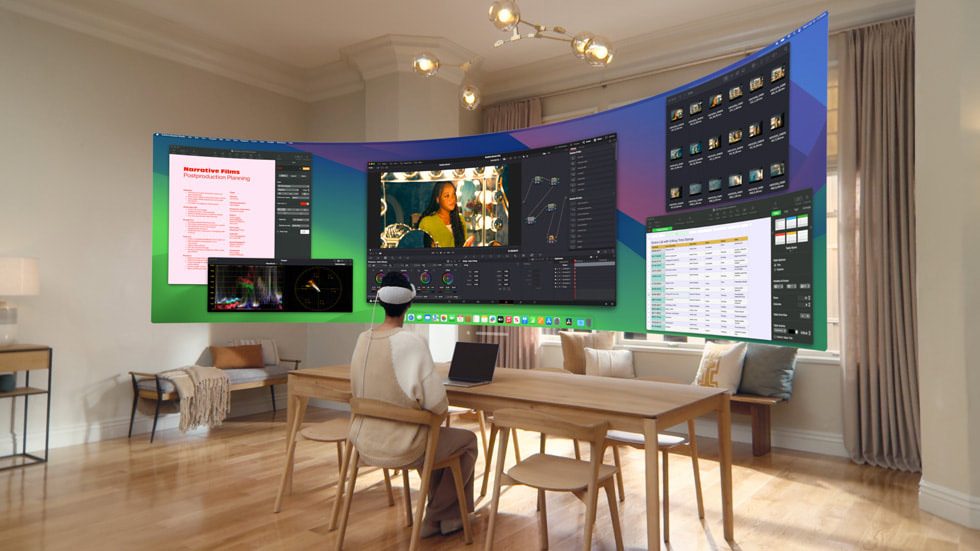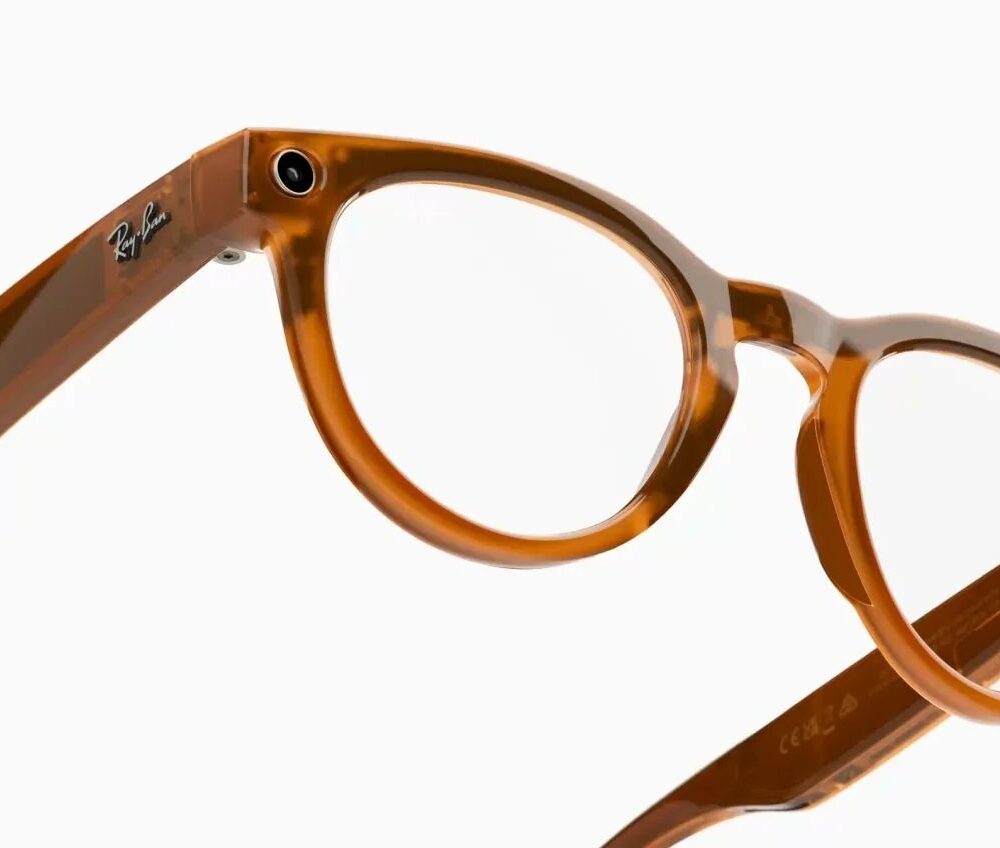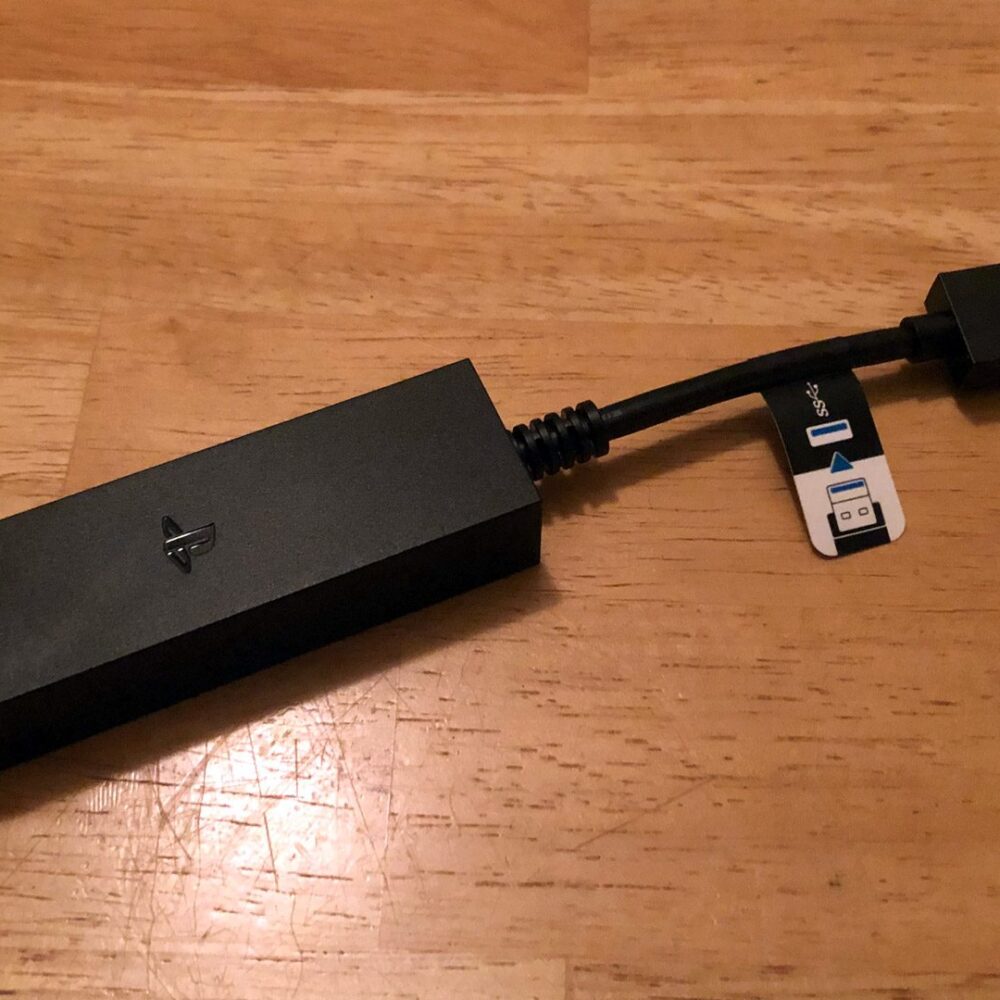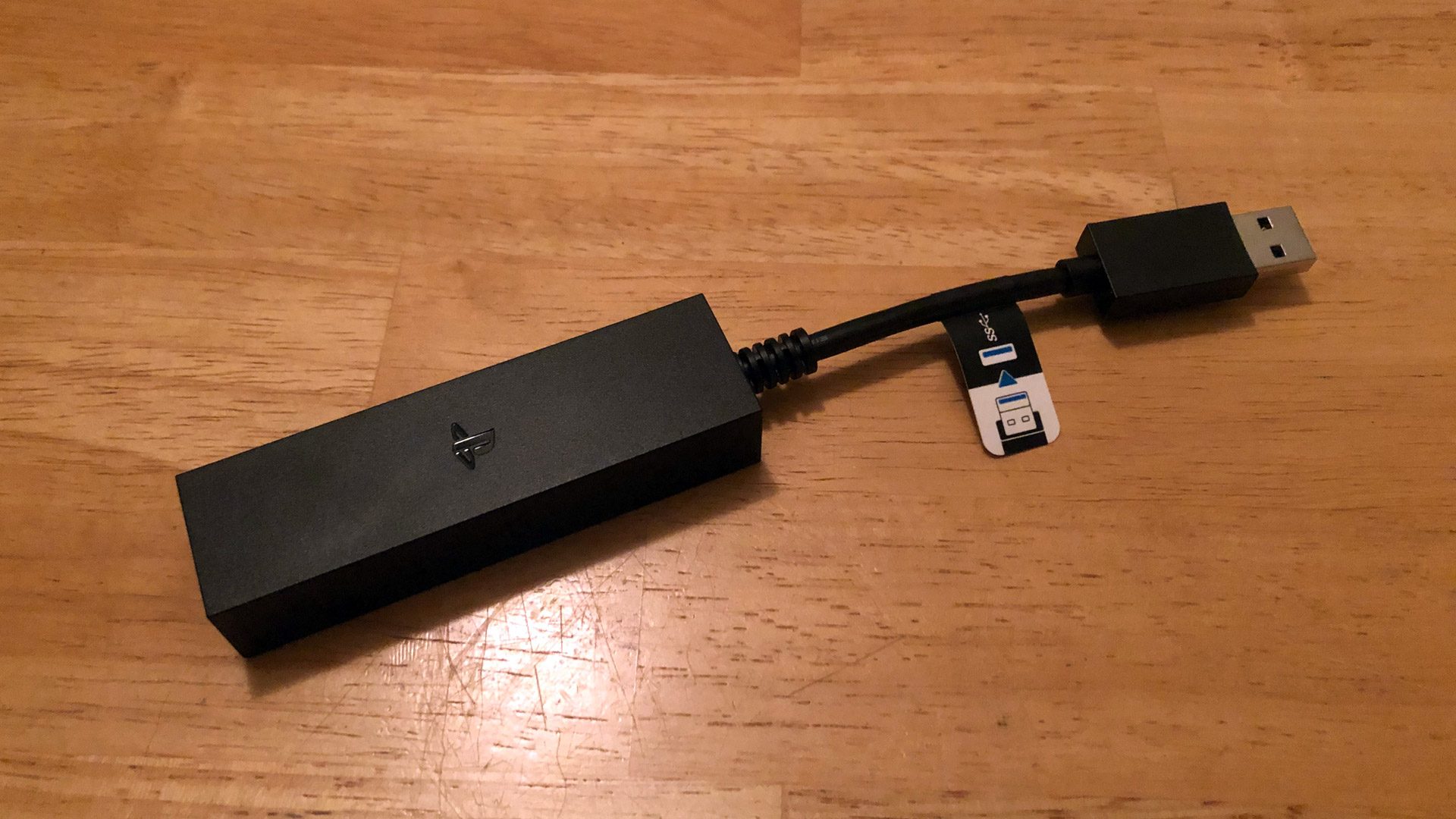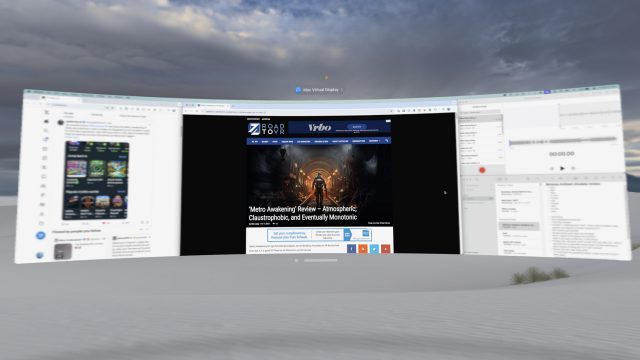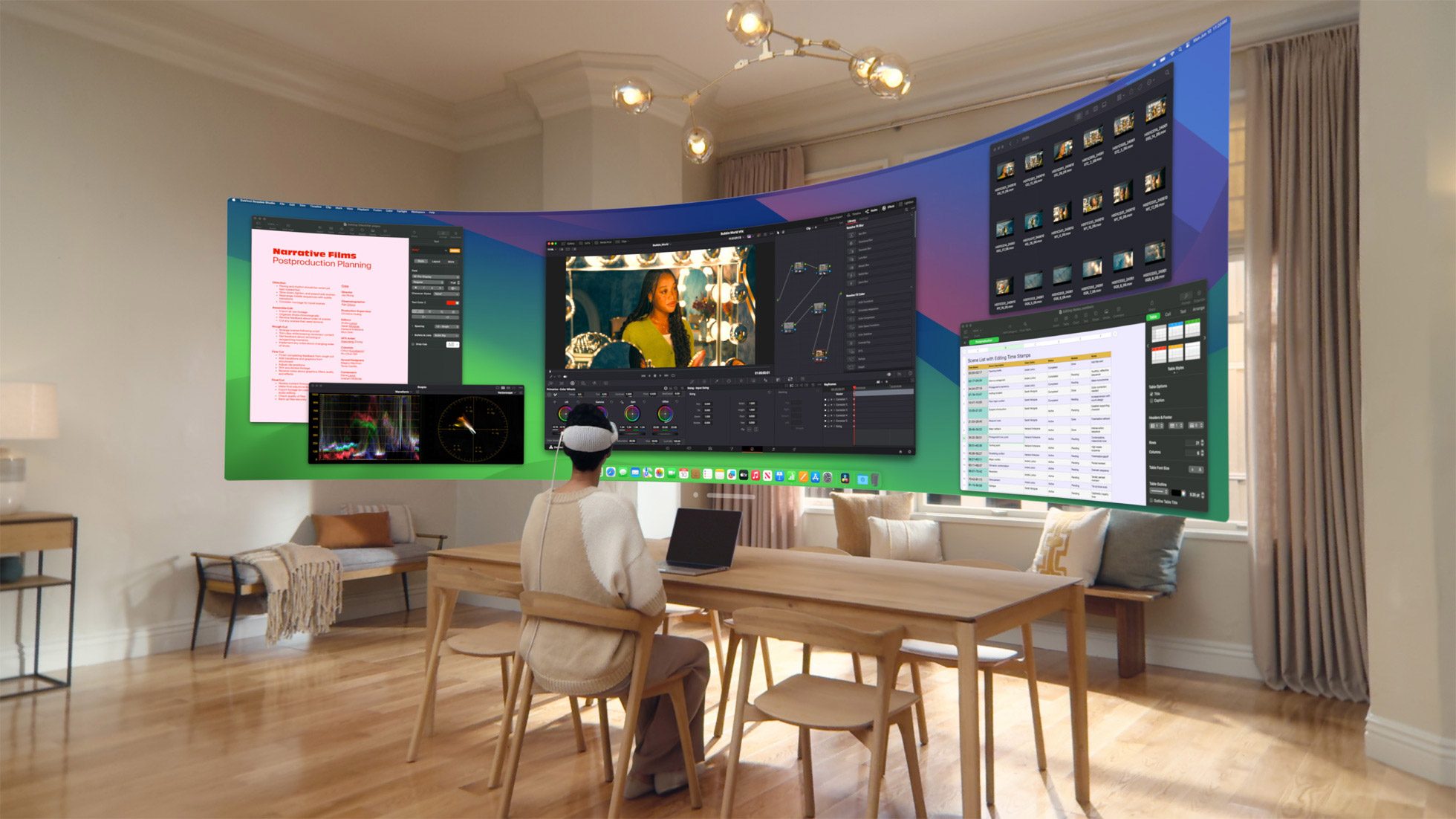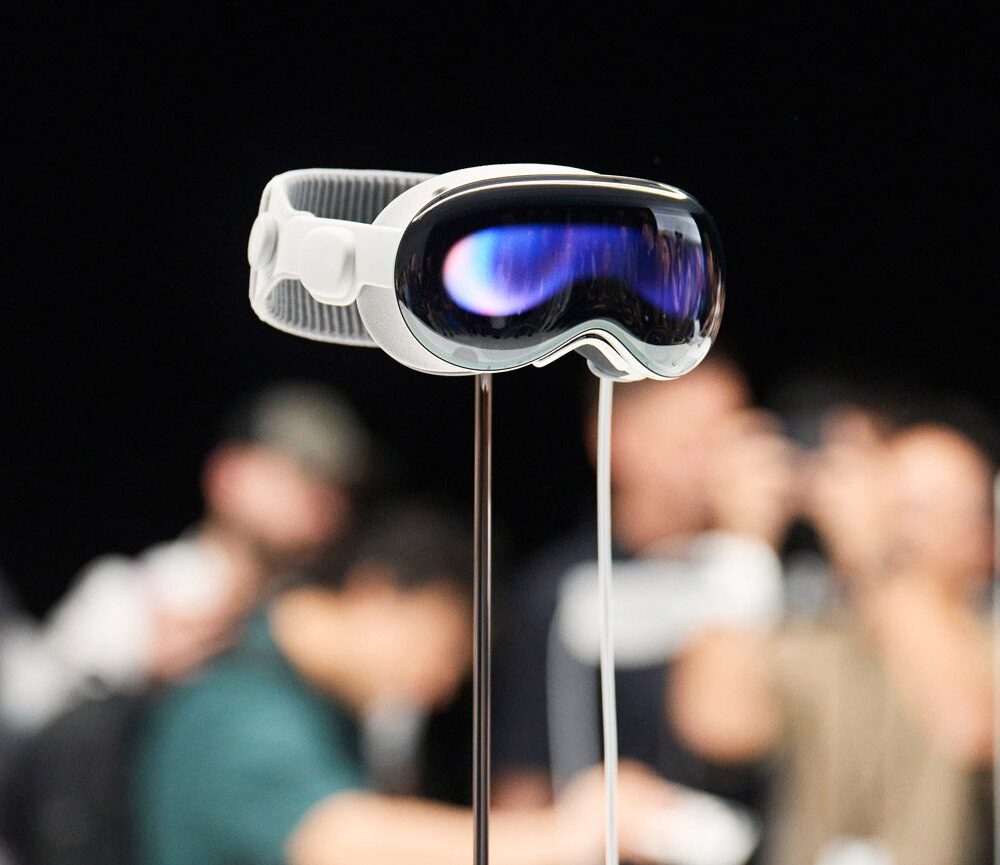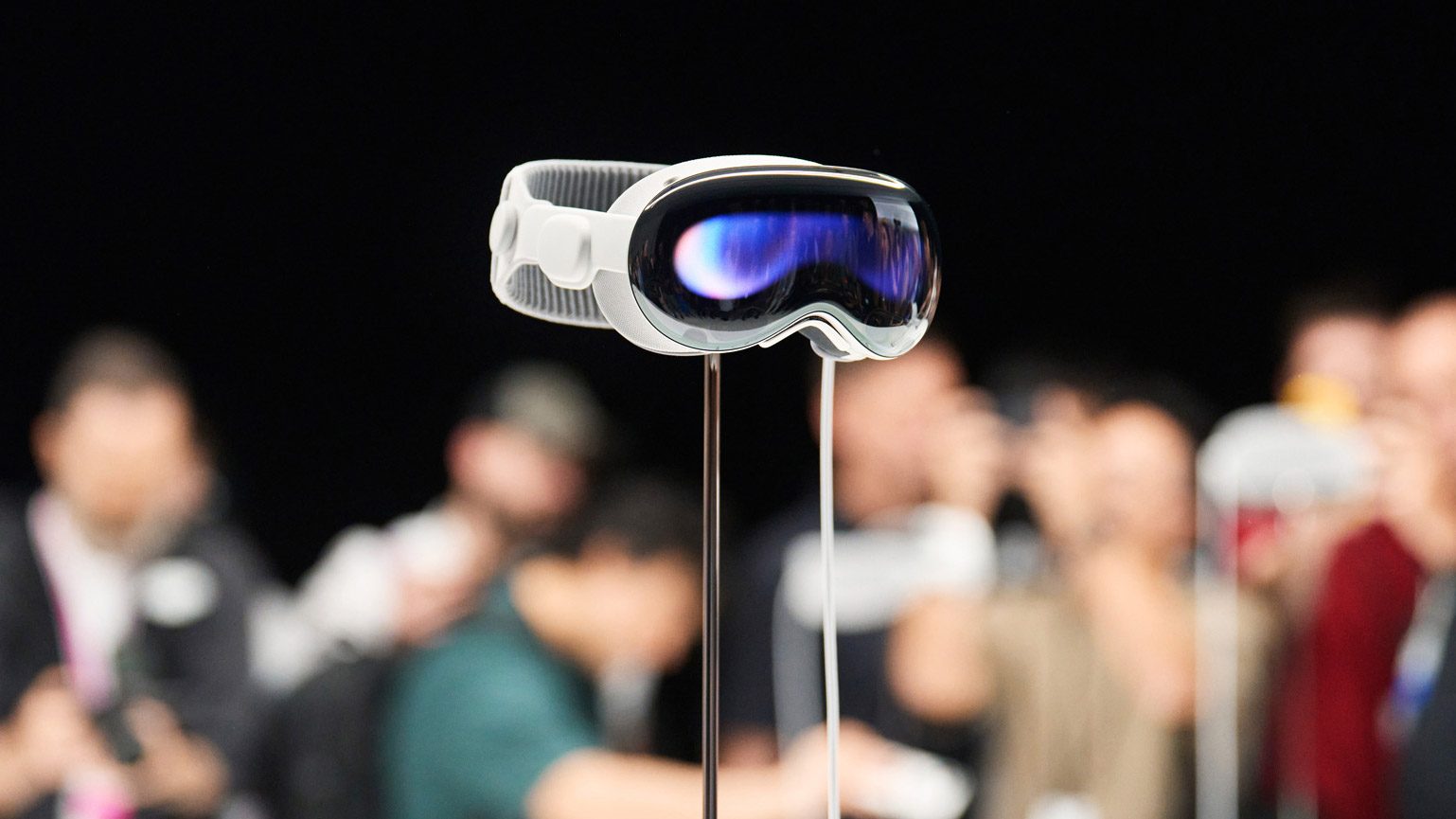Meta has added an important puzzle piece to Horizon Worlds, as the company has quietly rolled out its premium digital currency on the social VR platform in the US, UK, and Canada.
Roblox has Robux, Rec Room has Tokens, and Horizon Worlds now has Meta Credits, letting users buy in-world digital goods from creators, such as avatar outfits and access keys to premium worlds. Unlike Quest Cash, Meta Credits can’t be used to buy hardware or accessories, just stuff in Horizon Worlds.
While it’s a big step, this isn’t the official start of the Horizon Worlds economy. Meta has been experimenting with monetization on Horizon Worlds since 2022, allowing users to buy digital goods directly with their local currency. The difference with Meta Credits (like all premium tokens) however is the all-too familiar obfuscation of the amount of real-world money being spent.

As seen above, you can buy packs of Meta Credits that come along with various bonus amounts, or go for the straight 10:1 conversion at the lowest 300 Meta Credit tier, which costs $3 and doesn’t come with a bonus amount.
Similar to how Meta rolled out Horizon Worlds itself, the company is keeping a short leash on Meta Credits; they’re only available to users in the US, UK, and Canada for now. Horizon Worlds-supported regions still waiting for Meta Credits include Australia, New Zealand, most of Europe, and many countries in East Asia.
Meta says parents or guardians of children aged 10-12 (ages vary by region) must approve any purchase requiring a credit card, including the purchase of Meta Credits, through a parent-managed Meta account.
Meta Credits can’t be transferred from one account to another either, meaning they’re tied to your individual account—i.e. not like a cryptocurrency—and can only used within Horizon Worlds, either in Quest or its standard mobile app.
With Meta Credits, Horizon Worlds is taking a definitive step towards building a sustainable virtual economy, although we’ll simply have to wait and see whether it’s enough to strip creators (and users) away from more mature ecosystems, like Roblox, Rec Room, or VRChat.
With Meta’s reach though, there’s more than a good chance we might see Meta Credit gift cards at the checkout aisles as we near Holiday Season.



